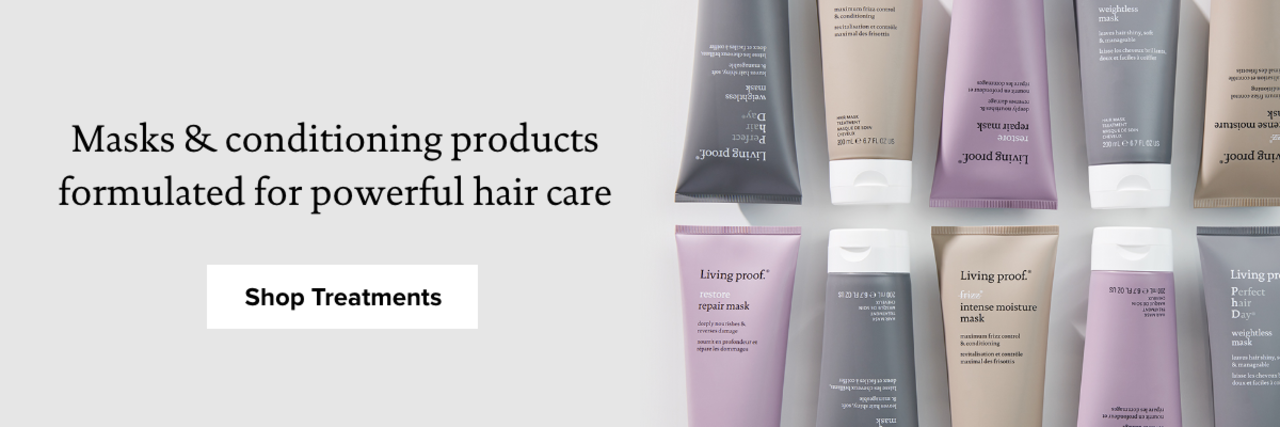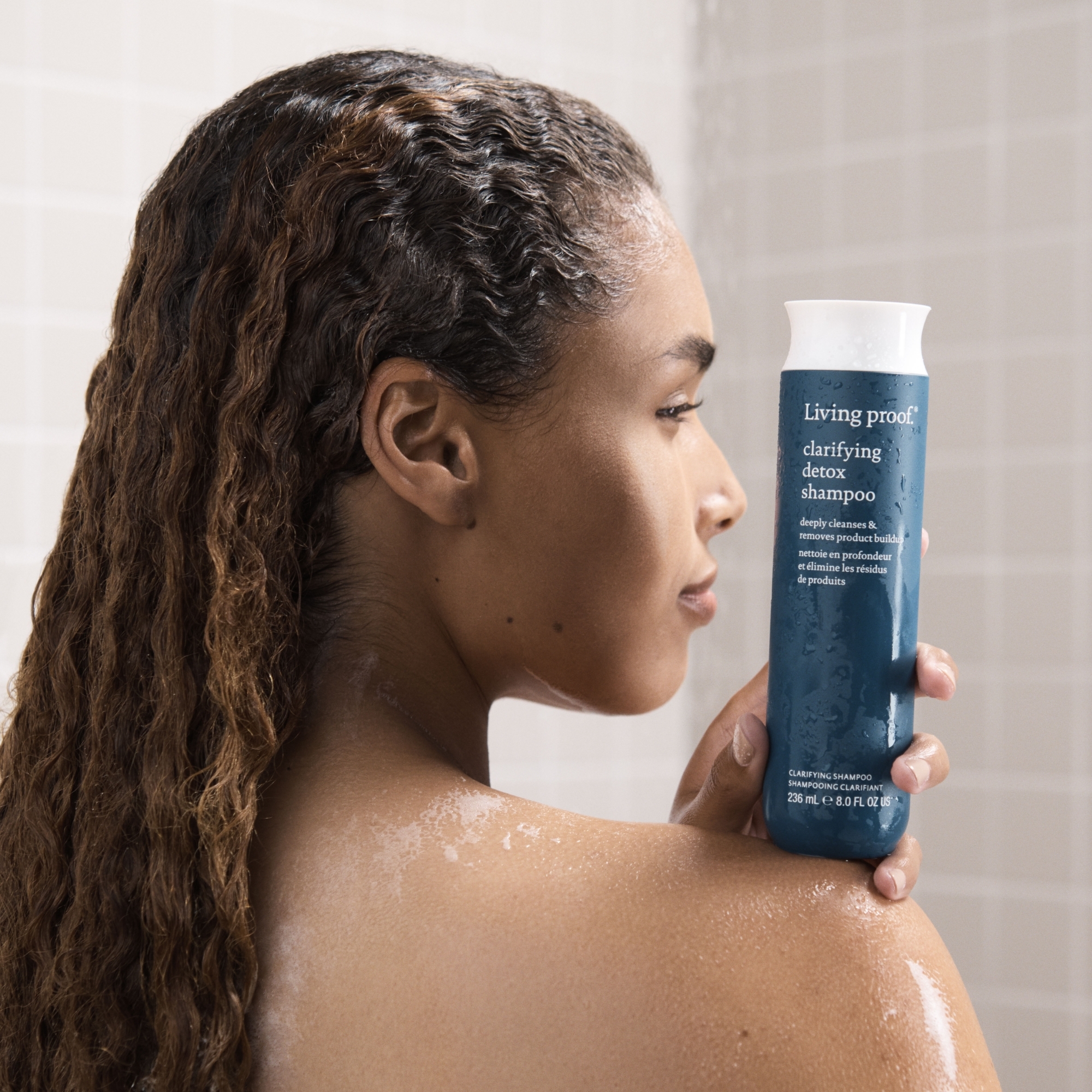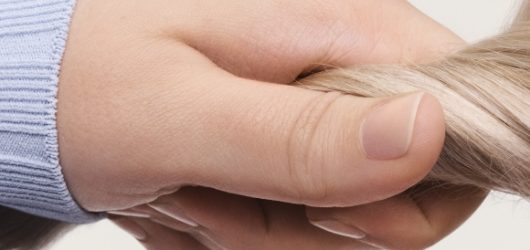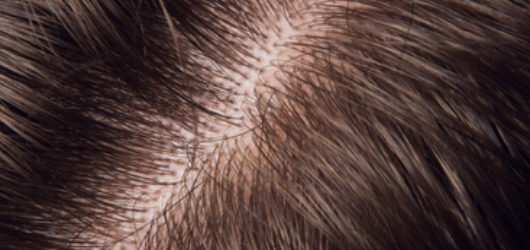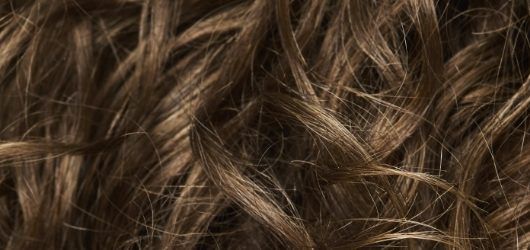
How to Strengthen Hair in 9 Simple Ways
Whether you’re looking for more volume or you’ve started noticing signs of damaged hair, there are many reasons you might wonder how to strengthen hair. Luckily, the best tips and tricks for strong, resilient hair are easy to master.
What are the most common causes of hair weakness and hair breakage? They’re usually to be found in our styling techniques.
But not to worry—we’ve got all the answers you’re looking for on how to strengthen hair. To lead you toward more fortified strands, we’ll cover how to build your hair’s health, how to strengthen every hair type, and haircare tips to avoid damage.
Can Weak Hair Be Strengthened?
If your hair health is damaged from coloring, straightening, curling, or heat, you might be worried that your weakened strands will struggle to recover. Well, we’ve got good news: quality haircare products can reinforce, nourish, and protect hair that’s already damaged.1 Combined with gentle styling techniques, you can avoid further damage and reduce hair breakage. But it can also help to know what’s at the root of hair weakness.
What Causes Weak Hair
To understand what leads to weak hair, let’s take a closer look at the structure of our hair strands. Every strand of healthy hair is made up of three layers:2
- The medulla – This is the innermost layer of the hair shaft, and it’s made up mostly of air.
- The cortex – In this middle layer of your hair strand, you’ll find the pigment that gives hair its color. This is also the layer of the hair that has to be penetrated when you change the color of your hair with permanent dyes (temporary dyes coat the shaft instead of penetrating it).
- The cuticle – The cuticle is the outer layer that protects your healthy hair from damage. It’s also the layer of your hair that takes all the hits from heat styling, coloring, and other treatments.
Some of your hair’s strength is simply based on the luck of the genetic draw. But most cases of weak hair are caused by damage to the cuticle that you can prevent with good styling habits.
How Can I Strengthen My Hair?
The most common causes of weak hair are damage from chemical treatments and heat styling.1 Heat styling is often the biggest culprit because many of us reach for our hot tools every day. Over time, this can cause damage to the cuticle, brittleness, and breakage.
Rather than asking you to give up your beloved blow dryer and flatiron, we encourage you to be cautious and smart with your heat styling strategies:
- Be careful with wet hair, such as when blow drying—it’s prone to stretching, which can cause irreversible changes to the hair structure.2
- Always prep your hair with a high-quality heat protectant that specifies its maximum effective temperature.
- Use your hot tools on the lowest effective setting for your hair.3
- Skip heat styling on days you can get away with heatless techniques.
What Does Strong Hair Look Like?
Strong hair doesn’t break or tangle easily and feels soft to the touch. Other factors to look for include:
- Healthy ends – Split ends should be rare to nonexistent.
- Light shedding – Some shedding is normal, so don’t be surprised to see 50 to 100 strands lost per day.4 Curly hair can appear to shed more, but it’s often simply because shed hairs tend to stay stuck among the other strands until the curly hair is shampooed or combed.
- Shine – Strong hair doesn’t have to be shiny—this depends on the texture of your hair. The curlier the hair shaft, the less shine it will have, no matter how healthy it is. Instead, those with curly hair should look for a more subtle shine.
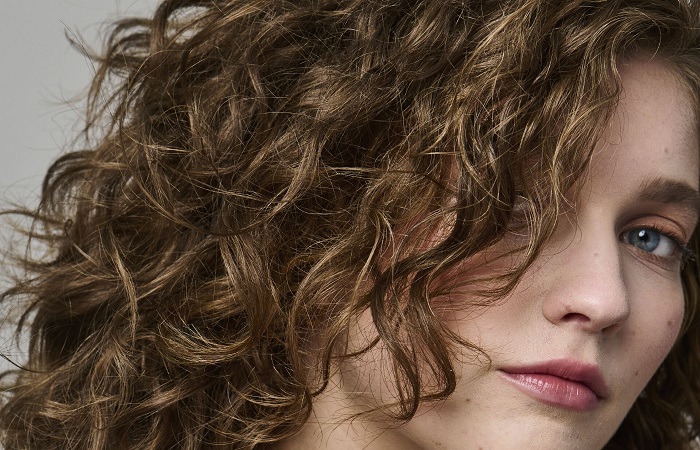
Now, let’s look at some specific strengthening tips for each hair type.
How to Strengthen Fine Hair
Fine hair is usually the most delicate hair type due to the small diameter of each strand. Fine hair also tends to be touchably soft and light. Those with fine hair are the most likely to notice that they need to take extra care to avoid breakage. But with proper care, you can highlight the natural beauty of fine hair, making it lustrous and strong.
Try these tips to support the strength of fine hair:
- Cleanse with care – Fine hair often feels oily or greasy quickly, leading to frequent washing. With a frequent wash schedule, it’s important to choose a gentle shampoo, free of harsh cleansers like SLS and SLES. Look for formulations that cleanse without stripping too much oil from the scalp, since this can lead to sebum (skin oil) overproduction.
- Add extra hydration – Many people with fine or thin hair worry about adding deep conditioners and leave-ins, thinking they may weigh their strands down even more. But fine hair can be just as dry as coarser hair. Adding extra moisture is vital to smoothing and sealing the cuticle. The key is to look for hydrating treatments that are water-based to avoid heavy hair buildup.
- Try a dry shampoo – To stretch your time between washes, a good dry shampoo can work wonders, adding volume and removing oily buildup.
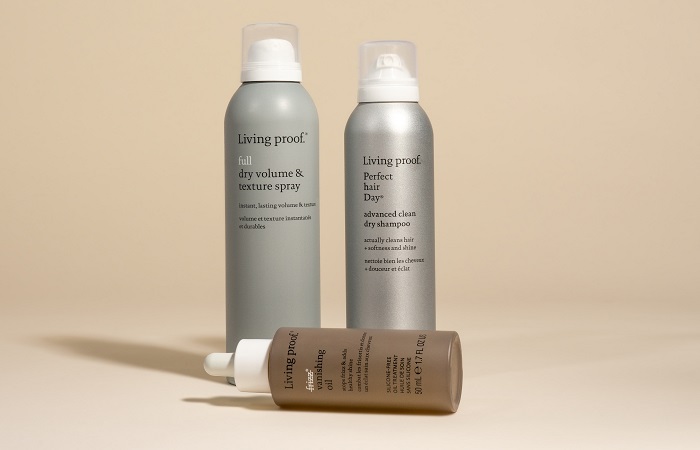
How to Strengthen Coarse Hair
Coarse hair can be found on all hair textures, from straight to curly. Coarse hair may be stronger than fine hair, but it’s also prone to dryness. Not sure if you have coarse hair? Take an individual strand and roll it between your fingertips. If it’s easy to feel, you probably have coarse hair.
Here are some tips to keep your coarse strands strong:
- Choose moisturizing shampoo and conditioner – Coarse hair requires a lot of oil, sometimes more than your scalp can keep up with. This means you’ll need to be careful to add moisture in every step of your routine. Start with a shampoo that’s labeled for dry hair and doesn’t contain SLS or SLES.
- Use leave-ins – Coarse hair is often more porous, meaning you can layer on products without too much concern about the buildup. Opt for leave-ins that are silicone free. Silicones create slip, but they’re only masking damage. Over time, they can create a seal that prevents moisture and nourishment from reaching the hair strand. If you have coarse strands, you may wonder, what is high porosity hair? We’ve got the answers for you.
- Use silk and satin – Coarse hair can benefit from resting on a satin pillowcase or being wrapped in a silk scarf while you sleep, preventing additional damage caused by any tossing and turning.
How to Strengthen Medium Hair
Medium hair strikes a balance between fine hair and coarse hair. You can use strategies that work for either fine or coarse hair, depending on your hair’s oiliness, porosity, and thickness.
A few tips for strengthening medium hair:
- Be careful with styling – Medium textured hair tends to stand up to a lot of manipulation. Sometimes this leads us to go overboard with frequent coloring, flat ironing, and curling. But every strand has its breaking point, so be cautious with your medium textured hair. Try heatless styling techniques like foam rollers when possible, and avoid using your hot tools on high settings when you can.
- Add some extra TLC after chemical treatments – When coloring or using other chemical treatments, rebuild your hair’s strength with a nourishing deep conditioner, hair mask, or oil afterward.
- Tailor your products to your hair needs – Medium hair can lean more towards the coarse, dry side, which means you should look for extra moisturizing products. Different types of hair oils, leave-ins, and smoothing serums will be your friend. If your medium hair tends toward the finer side, add volume-boosters like thickening mousse and volumizing spray.
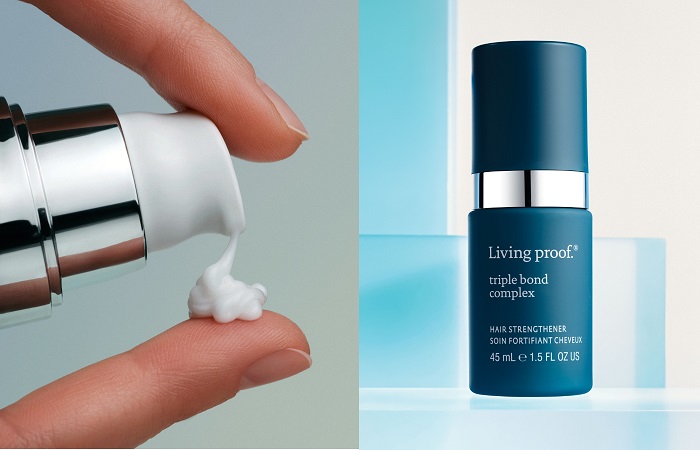
Strengthen Your Hair Bonds
The molecular connections that bind your strands together from within are a key factor in their strength.2 But certain chemical treatments, like relaxers and perms, actually work by causing damage to these bonds to change the structure of the hair.
Damage to the hair bonds in your hair can be caused by:
- Relaxers
- Perms
- Bleach and dye
- Keratin treatments
- Heat treatments
- Everyday grooming
- Swimming in chlorinated water
- Using hair products that disrupt your hair’s pH balance
Luckily, our hair strengthener treatments can help repair those damaged bonds.
Use Strengthening Treatments
Using the right cleansing and styling products can go a long way toward taking your hair from fragile to fantastic. But if you want to add a little more muscle, try a hair repair treatment or method that works for you:
- Try a mask – Hair masks are usually applied as part of your shower routine after cleansing and can be used in place of conditioner. Choose a hair mask that focuses on your top hair concerns, like shine, repair, or frizz control.
- Add an oil – After cleansing, follow with a hair oil formulated for moisture and shine. The most effective oils work by mimicking the hair’s own natural lipids and fatty acids.
- Reach for a detangler – If you struggle with tangles, especially after washing, a spritz of detangling spray is a must. Pulling on wet hair is a recipe for breakage, so don’t style without a product that adds slip.
Monitor Split Ends
Split ends occur when the cuticle starts to break. Without a proper hair treatment, split ends will travel up the hair shaft. They also cause tangling, which causes further breakage.
- What to look for – How can you tell you have split ends? Easy: just look for v-shaped forks at the end of your strands. Your hair may also appear lighter at the tips, feel fuzzy or frizzy, and break easily. Learn how to hide split ends when you’re tight on haircare time.
- What to do – When it comes to how to treat split ends, the best solution is a trim. You don’t have to lose noticeable length—just ask your stylist for a “dusting.” You’ll be amazed at how much regular trims can do to keep your hair looking fuller and healthier.
Maintain Your Hair’s Strength with Haircare from Living Proof
Whether your hair is in need of a little extra TLC to restore its strength and brilliance or you’re looking for ways to keep your hair in top condition, the first step is to style it with care. Defend your locks with a quality heat protectant every time you heat style, and use products specific to your hair type and needs.
Most important of all, replenish lost moisture and hair strength with products that are scientifically proven to be effective and safe. With Living Proof, your hair will get the most innovative care in the industry, designed and tested by scientists who care about hair.
Discover our selection of hair products online to find the best fit for maintaining your hair’s strength.
- International Journal of Trichology. Hair Cosmetics: An Overview. Hair cosmetics: An overview Gavazzoni ,Dias MR – Int J Trichol (ijtrichology.com)
- Journal of Investigative Dermatology Symposium Proceedings. Healthy hair: What is it? https://www.jidsponline.org/article/S0022-202X(15)52655-9/fulltext#back-bb0010
- Annals of Dermatology. Hair shaft damage from heat and drying time of hair dryer. https://doi.org/10.5021/ad.2011.23.4.455
- American Academy of Dermatology Association. Do you have hair loss or hair shedding? https://www.aad.org/public/diseases/hair-loss/insider/shedding
- Journal of Cosmetic Science. Hair medulla morphology and mechanical properties. https://pubmed.ncbi.nlm.nih.gov/17728936/
